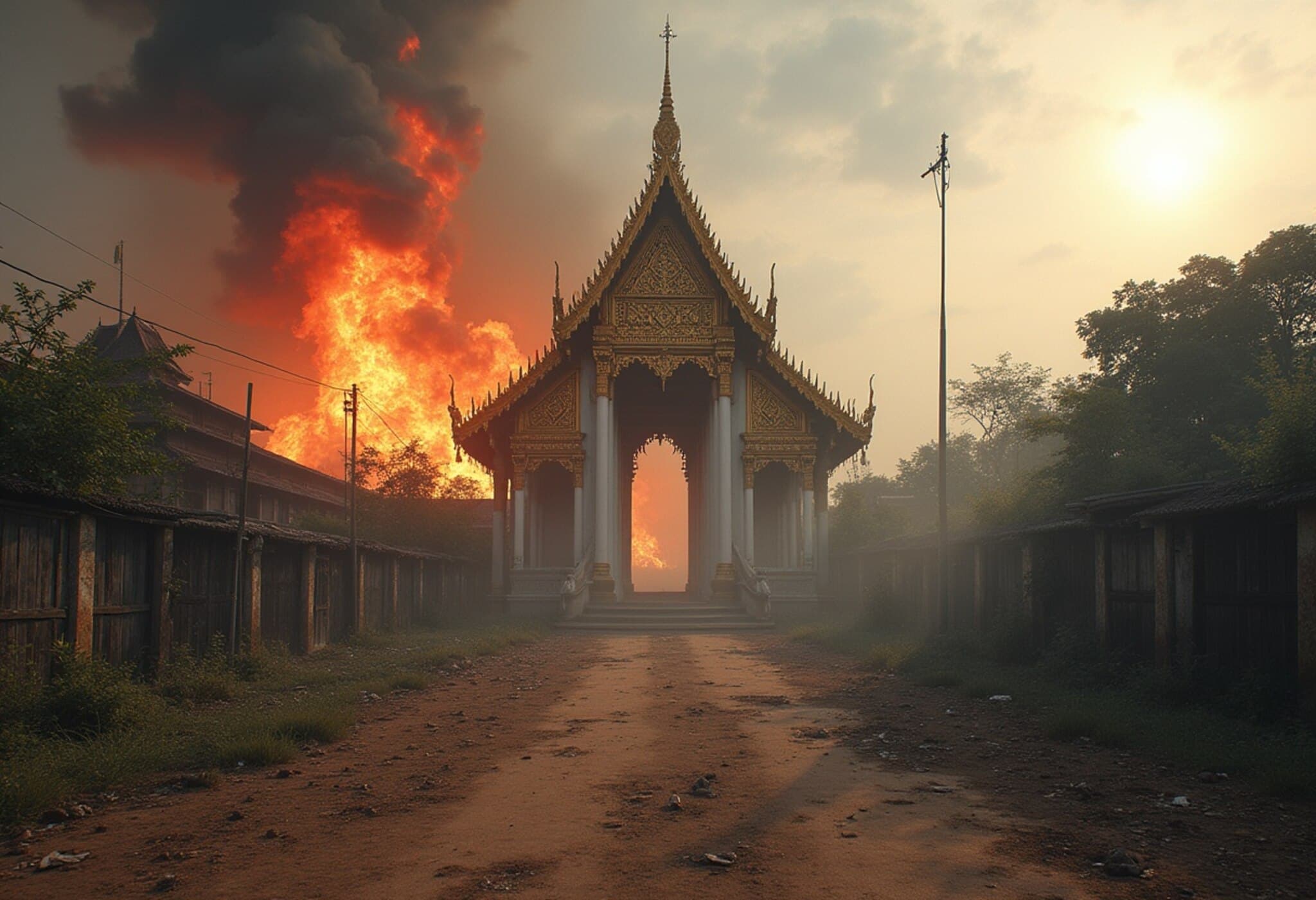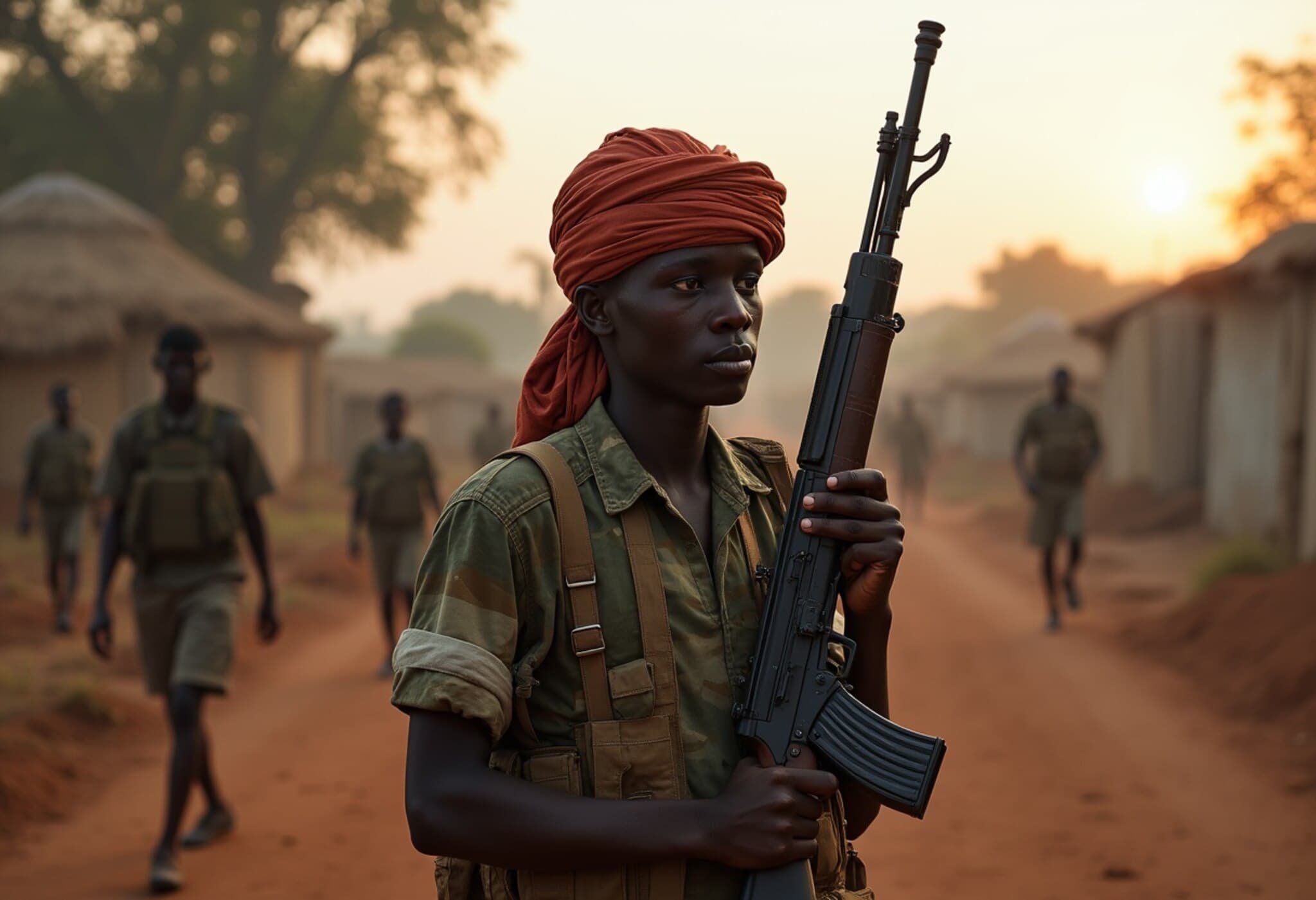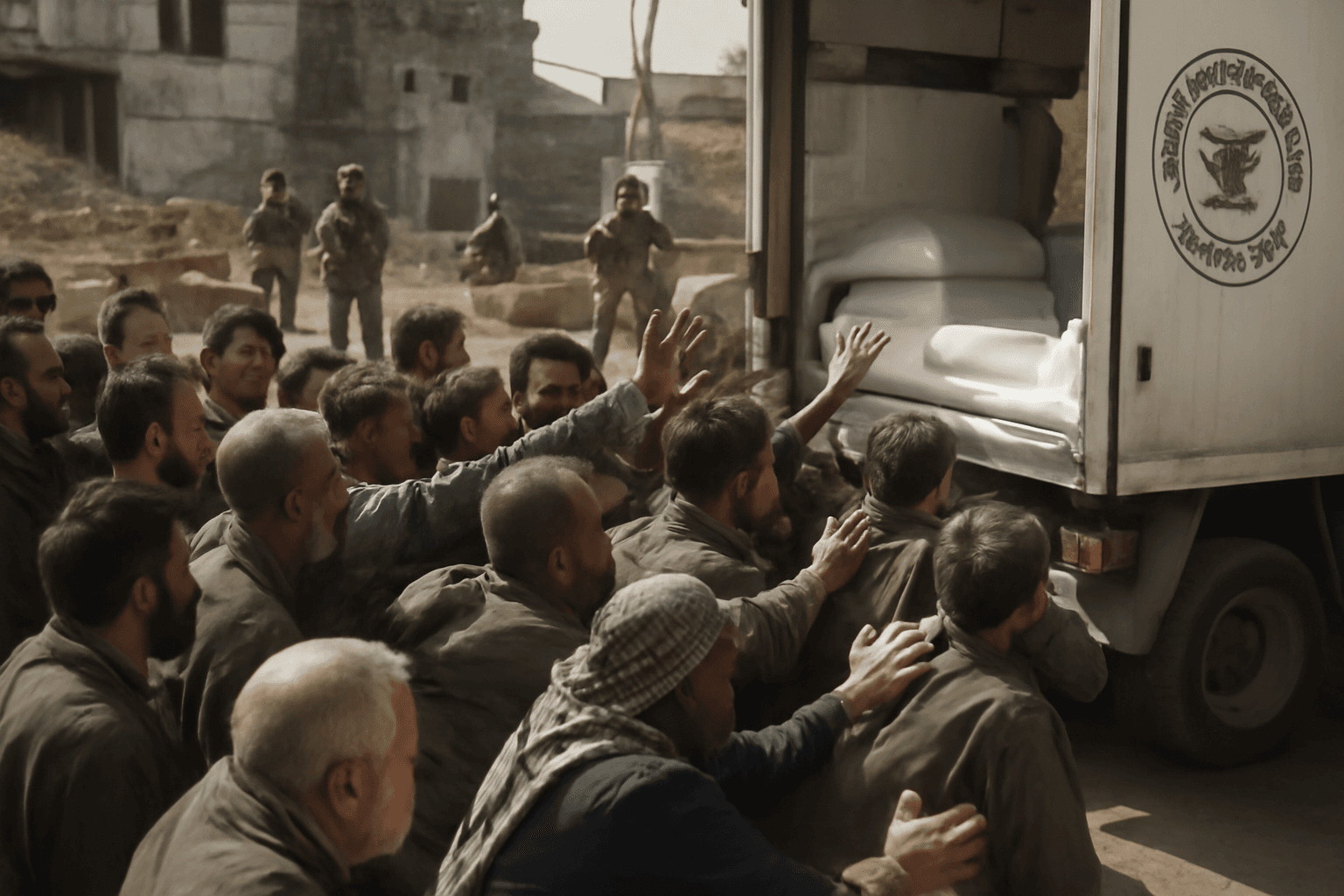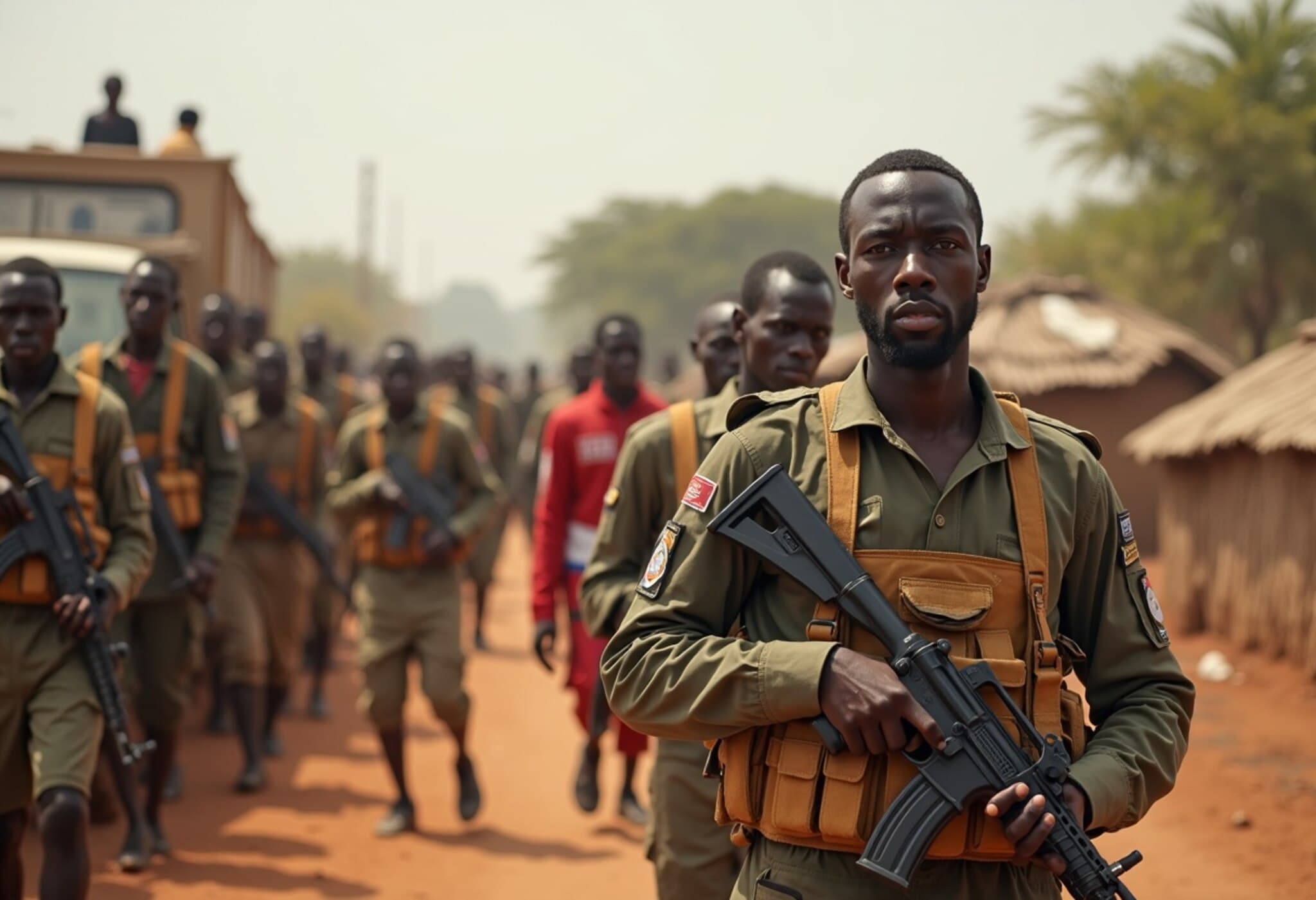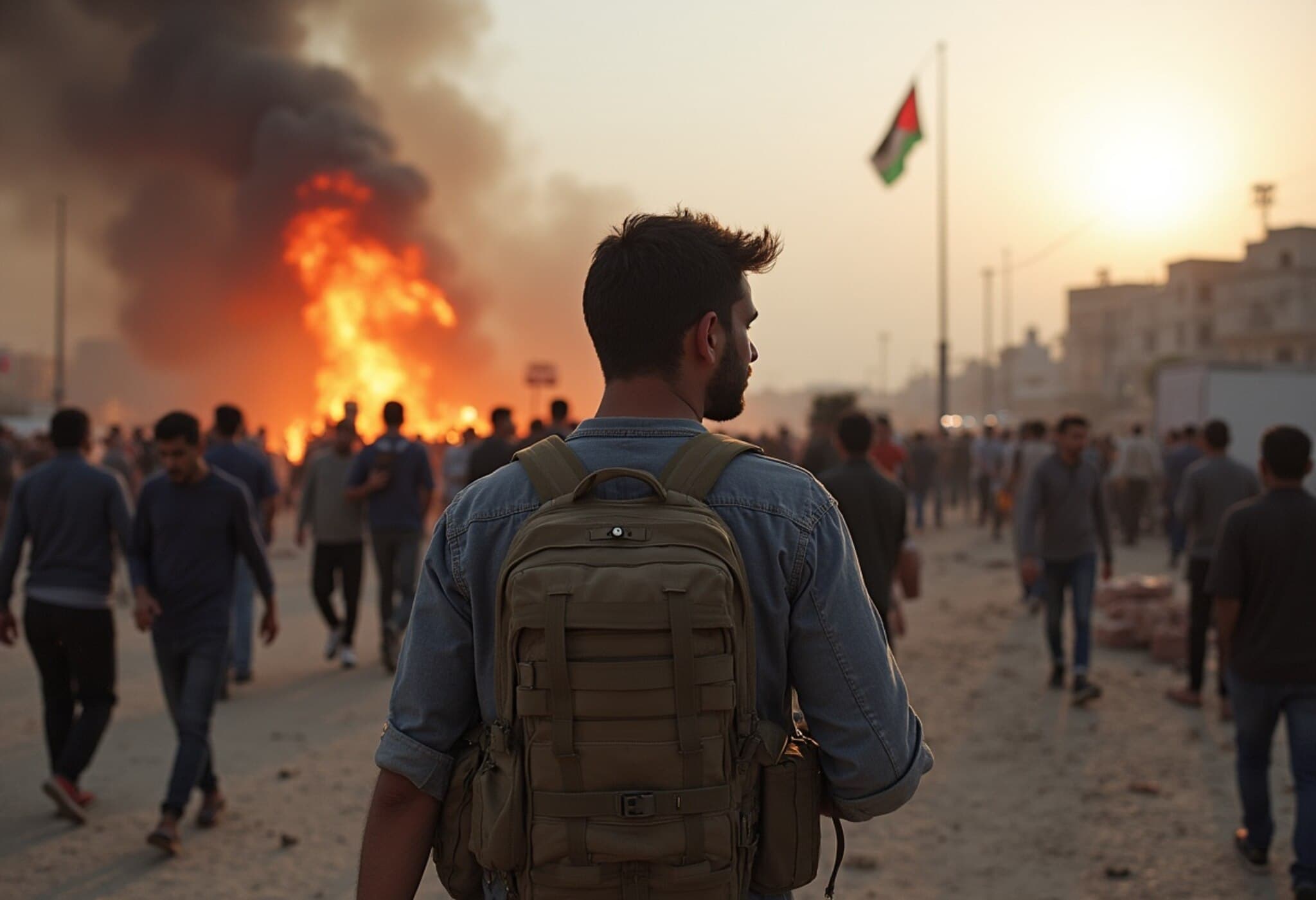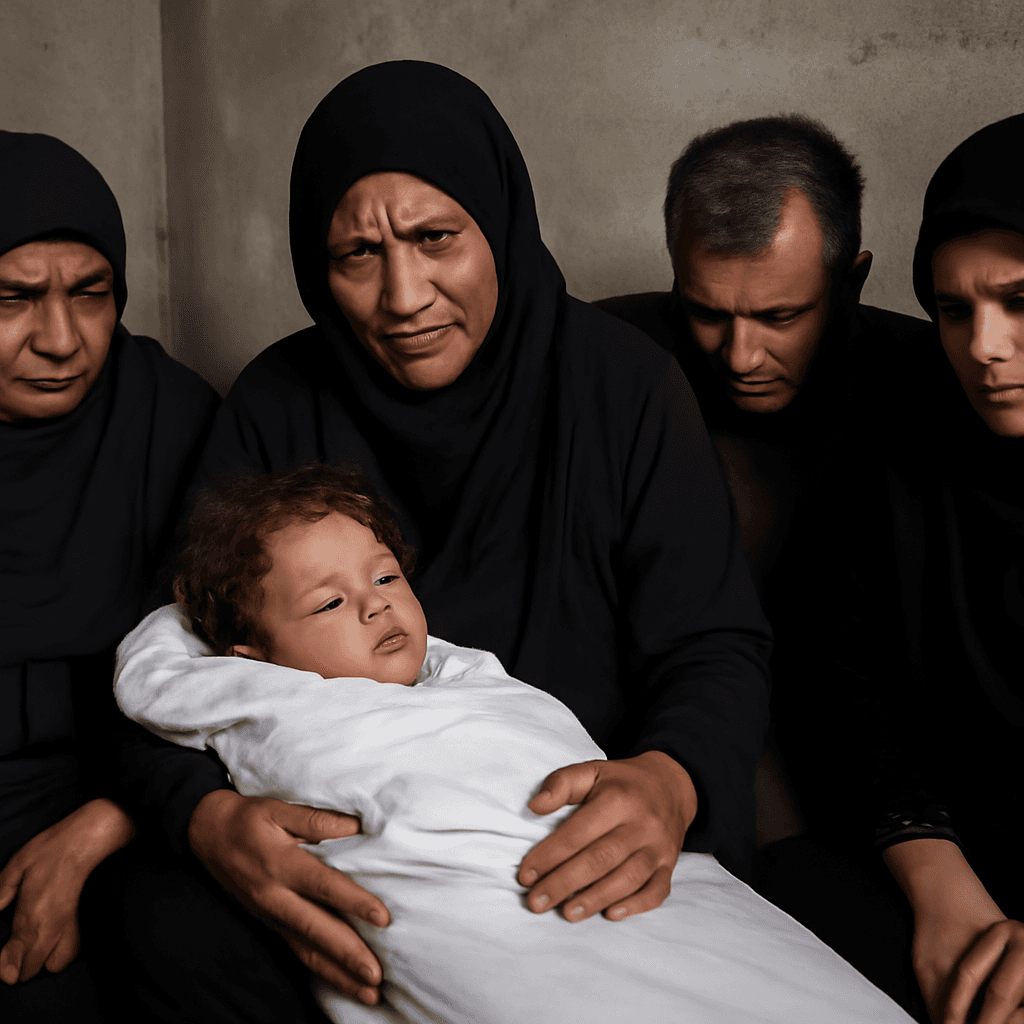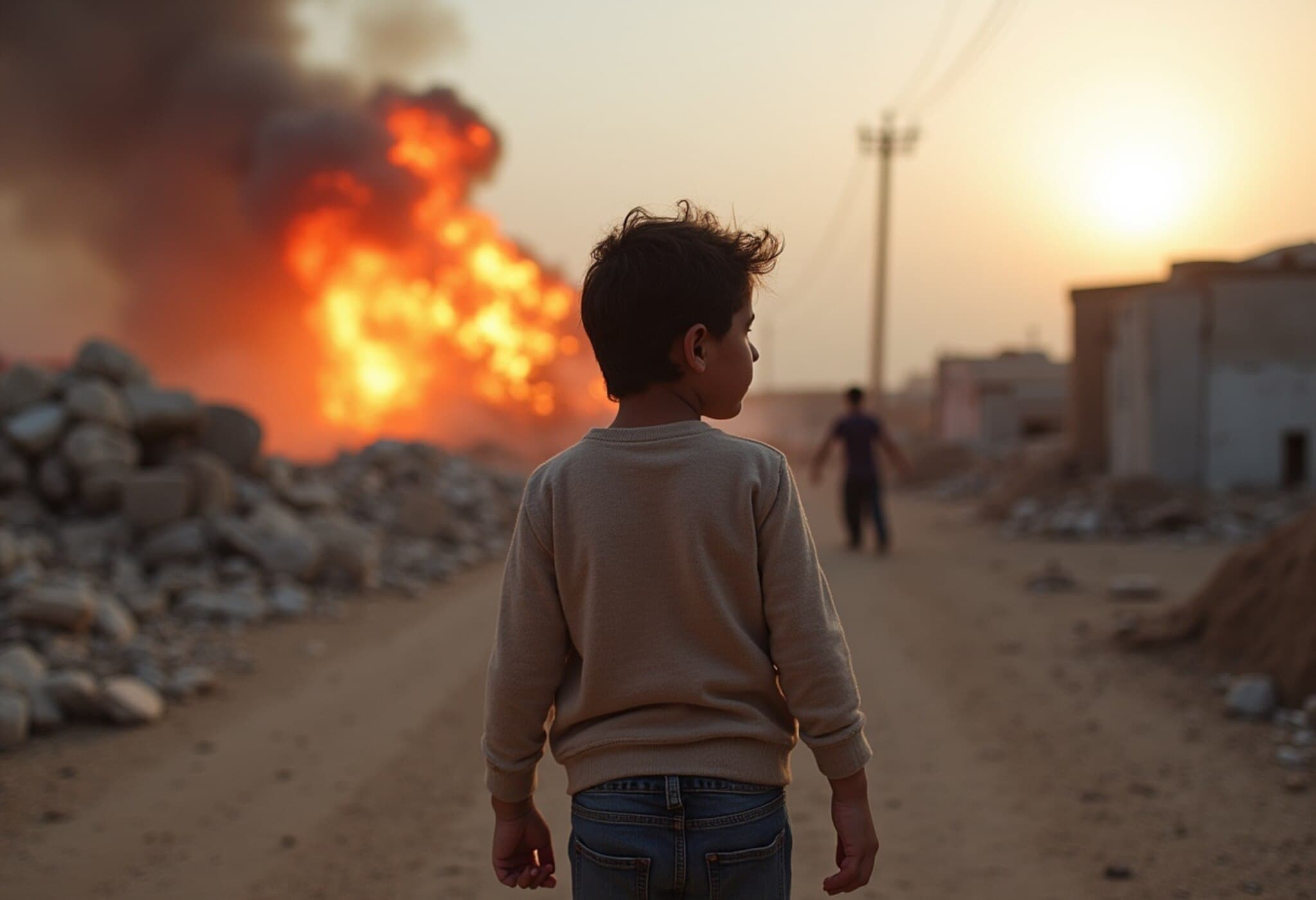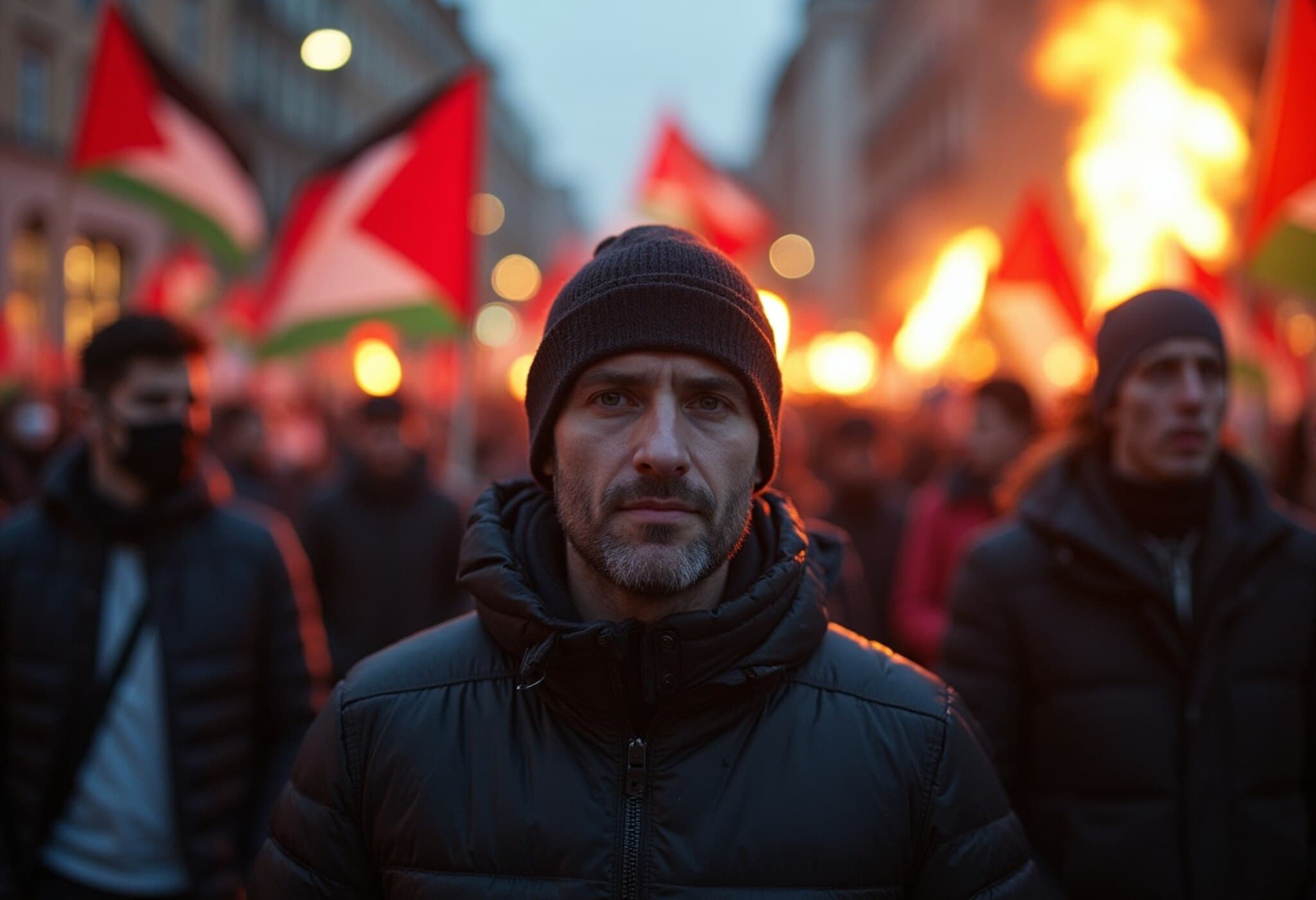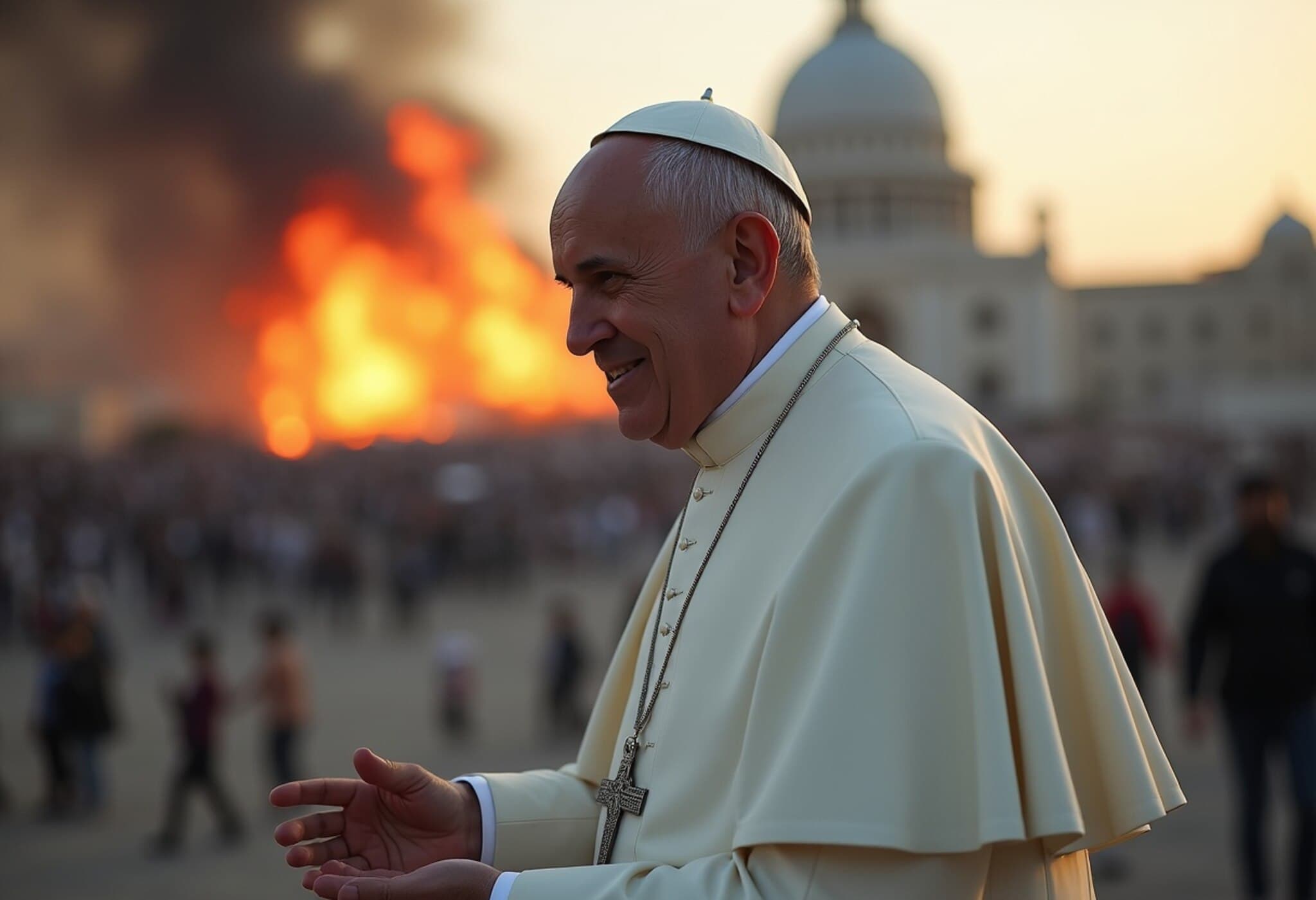Deadly Air Strike Hits Monastery in Central Myanmar
More than 20 civilians, including children, lost their lives after an air strike targeted a Buddhist monastery in the heart of Myanmar’s Sagaing region, according to eyewitnesses and anti-junta sources.
Tragedy in Lin Ta Lu Village
The attack occurred in the early hours around 1:00 a.m. last Friday in Lin Ta Lu village, when a monastery hall sheltering internally displaced people was bombed. An anti-junta fighter, who spoke anonymously for security reasons, confirmed to AFP that 22 individuals perished, including three children, with two others critically wounded and hospitalized.
"They had thought it was safe to stay at a Buddhist monastery," the fighter said. "But they were bombed anyway." This chilling fact highlights the indiscriminate nature of violence plaguing the region.
On the Ground: Witness Accounts and Aftermath
A local resident, also requesting anonymity, described the scene: "The monastery hall was completely destroyed." He recounted seeing bodies being carefully loaded into a car and taken to a cemetery just before dawn. Visiting the burial site, he photographed and counted 22 bodies, many showing severe head wounds or signs of being torn apart, painting a harrowing picture of the strike’s brutality.
Persistence of Conflict Despite Earthquake Truce
Central Myanmar's Sagaing region, recovering from a catastrophic magnitude-7.7 earthquake in March—with nearly 3,800 dead and thousands displaced—has been a hotspot for ongoing fighting between the military junta and various armed groups. Despite a temporary truce reportedly brokered after the earthquake, air strikes and clashes have continued unabated.
This tragic monastery attack is part of a distressing pattern. Notably, in May, an air strike on a school in Oe Htein Kwin village resulted in the deaths of 20 students and two teachers, underscoring an appalling disregard for civilian safety and protected sites.
Understanding the Broader Context
Myanmar has been engulfed in civil war since the military coup in 2021 ousted the democratically elected government. The military’s hardline campaign in Sagaing aims to crush armed resistance but often at the cost of civilian lives and infrastructure.
From a legal and humanitarian perspective, attacks on places of worship and schools may constitute violations of international humanitarian law, which protects civilians and non-combatants during conflicts. The repeated targeting of such sanctuaries raises urgent questions about accountability and the need for international intervention.
Expert Commentary
Dr. Emily Chen, a Southeast Asia conflict analyst at the Global Peace Institute, comments: "The bombing of a monastery holding displaced civilians reveals a disturbing pattern of disregard for civilian immunity in Myanmar’s conflict zones. Such acts severely undermine prospects for peace and reconciliation, while deepening humanitarian crises."
She adds, "The international community must increase pressure on the junta to halt indiscriminate attacks and comply with international norms, potentially through targeted sanctions and UN investigations. Protecting vulnerable groups, especially children, should be a priority."
What’s Next for Myanmar?
- Continued violence threatens to further destabilize the Sagaing region and escalate the humanitarian crisis.
- The international community's response remains critical, particularly in enforcing accountability and supporting displaced populations.
- Monitoring groups and journalists play a key role in shedding light on underreported atrocities committed during the conflict.
Calls for Accountability and Protection of Civilians
The Myanmar junta spokesperson, Zaw Min Tun, did not respond to requests for comment regarding the air strike. This silence underscores the challenges faced by independent media and human rights organizations operating under restrictive conditions.
The persistent targeting of civilians and protected sites like monasteries and schools highlights the urgent necessity for renewed diplomatic efforts, as well as increased humanitarian aid to support affected communities enduring unimaginable hardship.
Editor’s Note
The devastating monastery air strike is a brutal reminder of the human cost of Myanmar’s ongoing conflict. As the world turns its attention to geopolitical shifts and other crises, the suffering of ordinary Burmese civilians remains underappreciated. How can international mechanisms be strengthened to prevent such attacks? What more can be done to support survivors and displaced families? These are crucial questions demanding our sustained attention and action.


